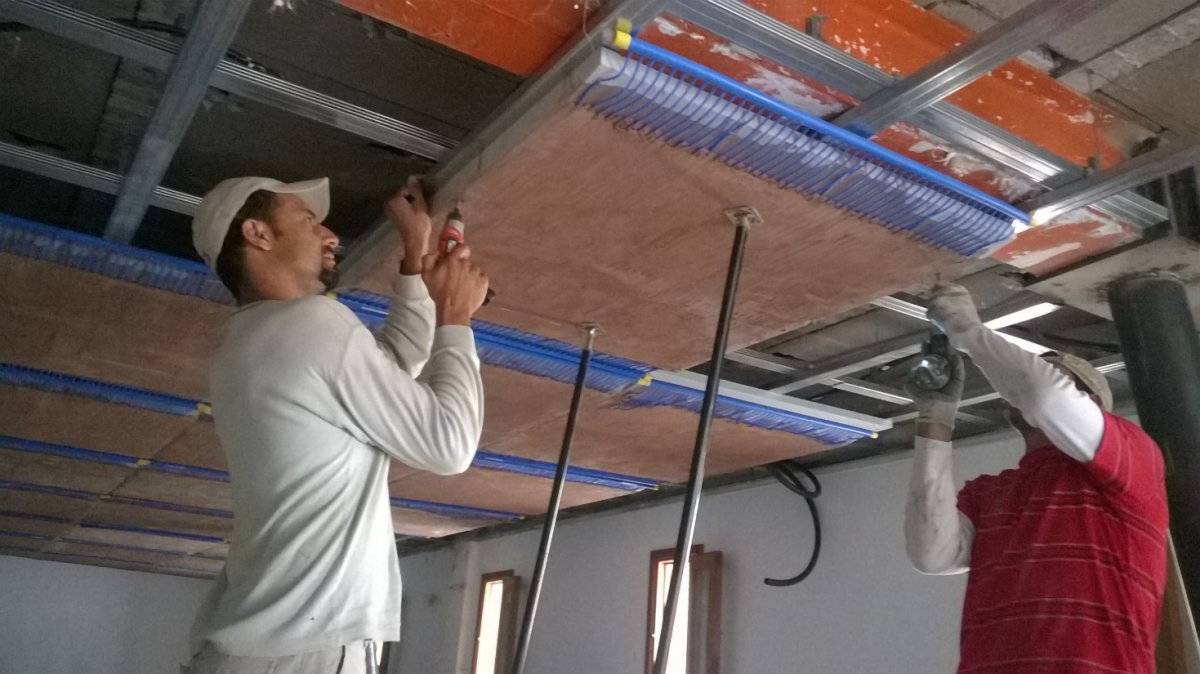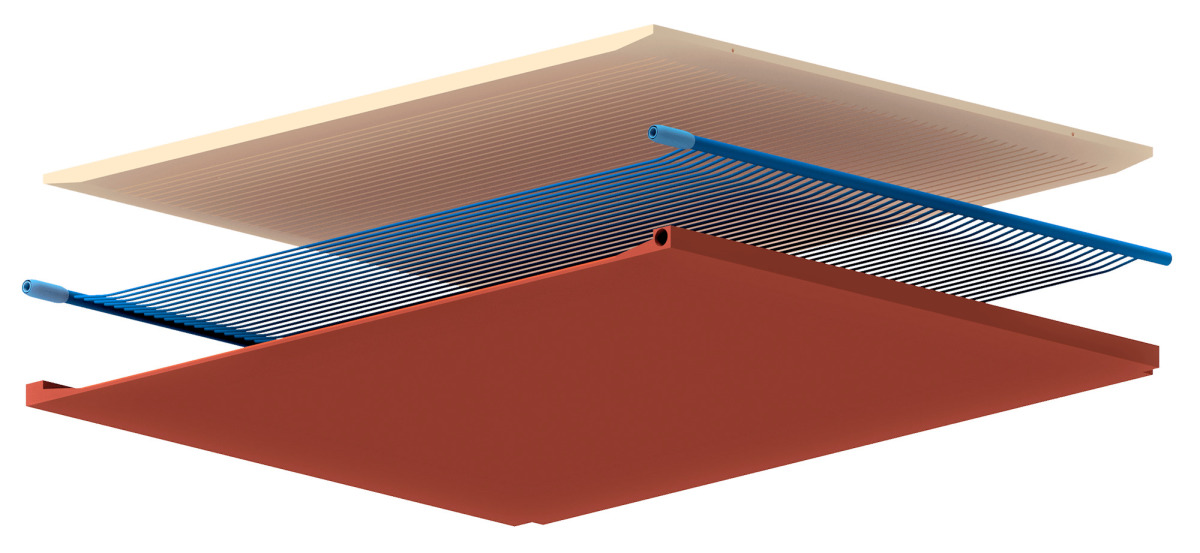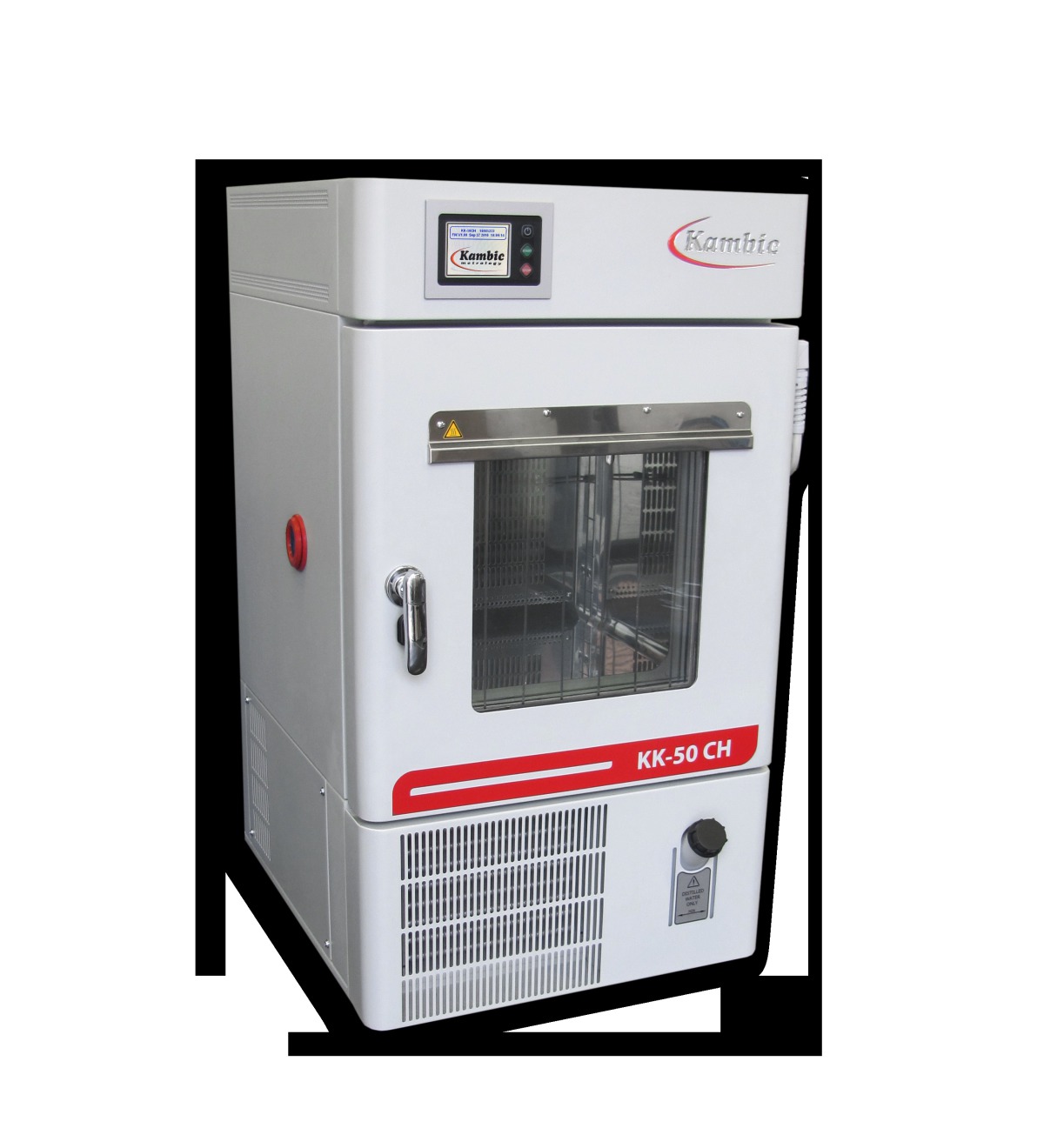A generally valid definition of "sustainable building" is not enough!
09.09.2024 |Room cooling is an issue that will become significantly more important in the coming years, and probably worldwide. Air conditioning systems, the most common room cooling device, are not the ideal solution in terms of climate, energy or indoor climate. Dietrich von der Ropp outlines an alternative in the following article.
An interview with Mr. Thomas Maucher was published in ZI 04/2024 on the subject of "sustainable building". In it, he complains that politicians need to make a decision quickly on which energy source should be used to fire bricks in the future. This "decision would entail millions in investments with consequences that would last for decades".
In my opinion, this view falls short and does not do justice to the complexity of the issue. In the automotive industry, there is also no long and wide-ranging discussion about the technologies for reducing CO² emissions in the manufacture of cars, but primarily about the possibilities for using cars in an ecological, i.e. CO²-neutral, way. In this respect, all discussions about minimizing CO² should generally focus on both aspects, namely the manufacture of a product and its subsequent use. Very interesting synergies can be developed in the construction sector in particular, where not only ecological and economic benefits can be observed, but also phenomena relating to the health of the building's occupants.
If the energy needed to heat and cool the rooms in single-family homes or apartment buildings is supplied by photovoltaic panels installed on the roof or by special roof tiles, a considerable reduction in CO² emissions can be achieved, as air conditioning is already one of the most polluting sectors. Experts calculate that air conditioning systems will be responsible for around 30 % of global CO² emissions from 2050.
However, heating and cooling rooms can be CO²-neutral (see article by Prof. Andreu Moia-Pol: Net zero emissions for a seminar room in the University of Balearic Islands, on the homepage at www.Ecoclimate.info). Over the past 8 years, it has been impressively demonstrated how a pleasant indoor climate in summer and winter can be guaranteed using only renewable energy sources.
The homepage mentioned in the last paragraph explains that there are no problems with heating, but that massive cooling, which is often necessary in southern regions, causes problems with the building biology when the temperature falls below the dew point. This is because when very warm air hits a cooling surface, the water vapor condenses on the surface and the condensate drips from the ceiling or runs down the wall. This situation is of course unacceptable. This is the only reason why air cooling is produced worldwide with energy-hungry air conditioning systems.
Ziegler already has an idea of how to solve the problem: with clay, which absorbs the condensate and releases it again when cooling below the dew point is no longer necessary.
The combination of clay as a building material and capillary tube mats is the central point.A detailed description of the required technology will appear in a detailed article in the November issue of "Ziegelindustrie International" magazine. This article will also explain how the cooperation between Ecoclimate (currently still UG) and the brickworks should take place.
It can already be pointed out that the cooperation will take the legal form of a franchise agreement and will be of great benefit to all those involved, the brickmakers, the Ecoclimate UG, but also the architects, the homeowners and ultimately the environment.




